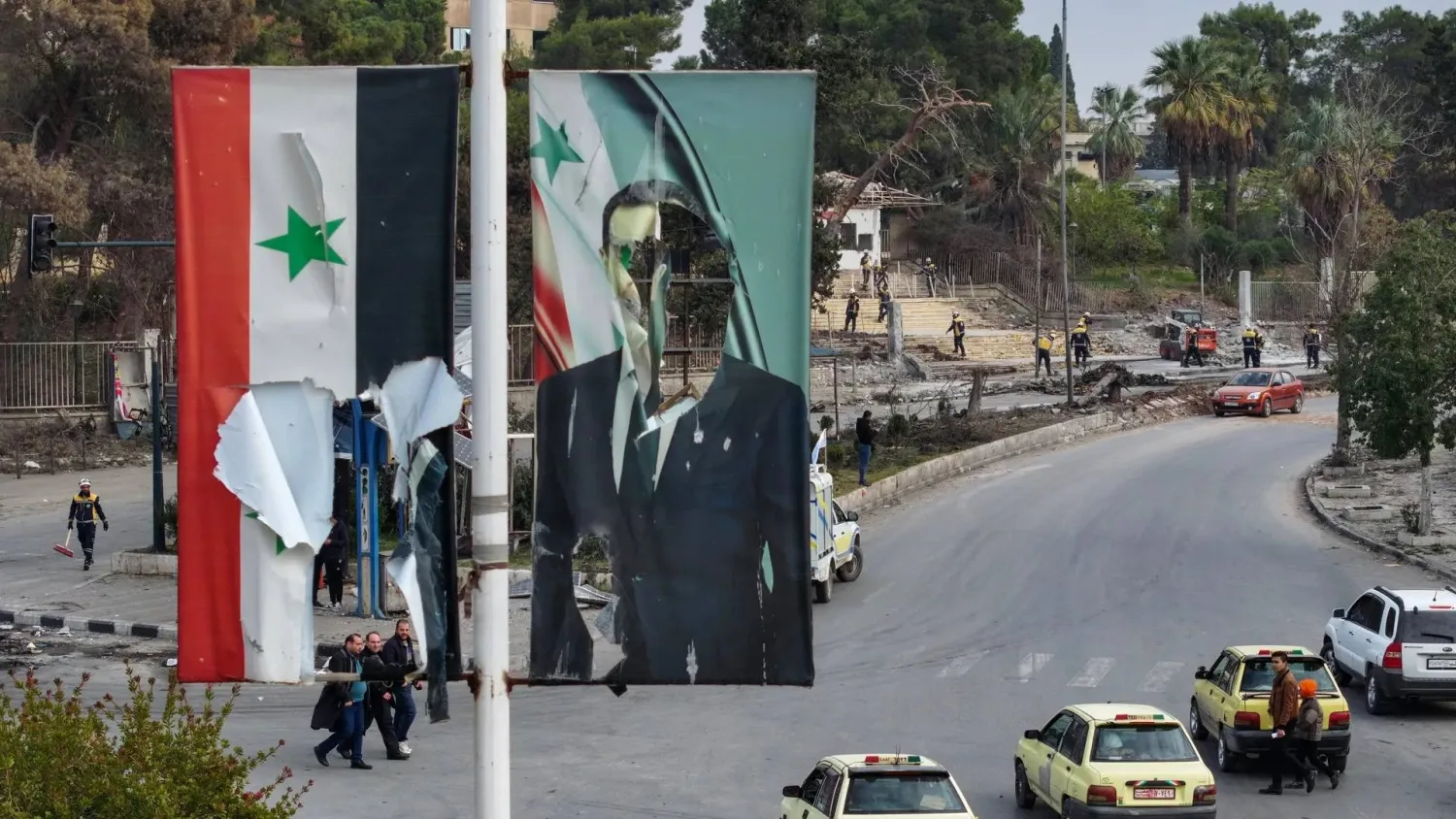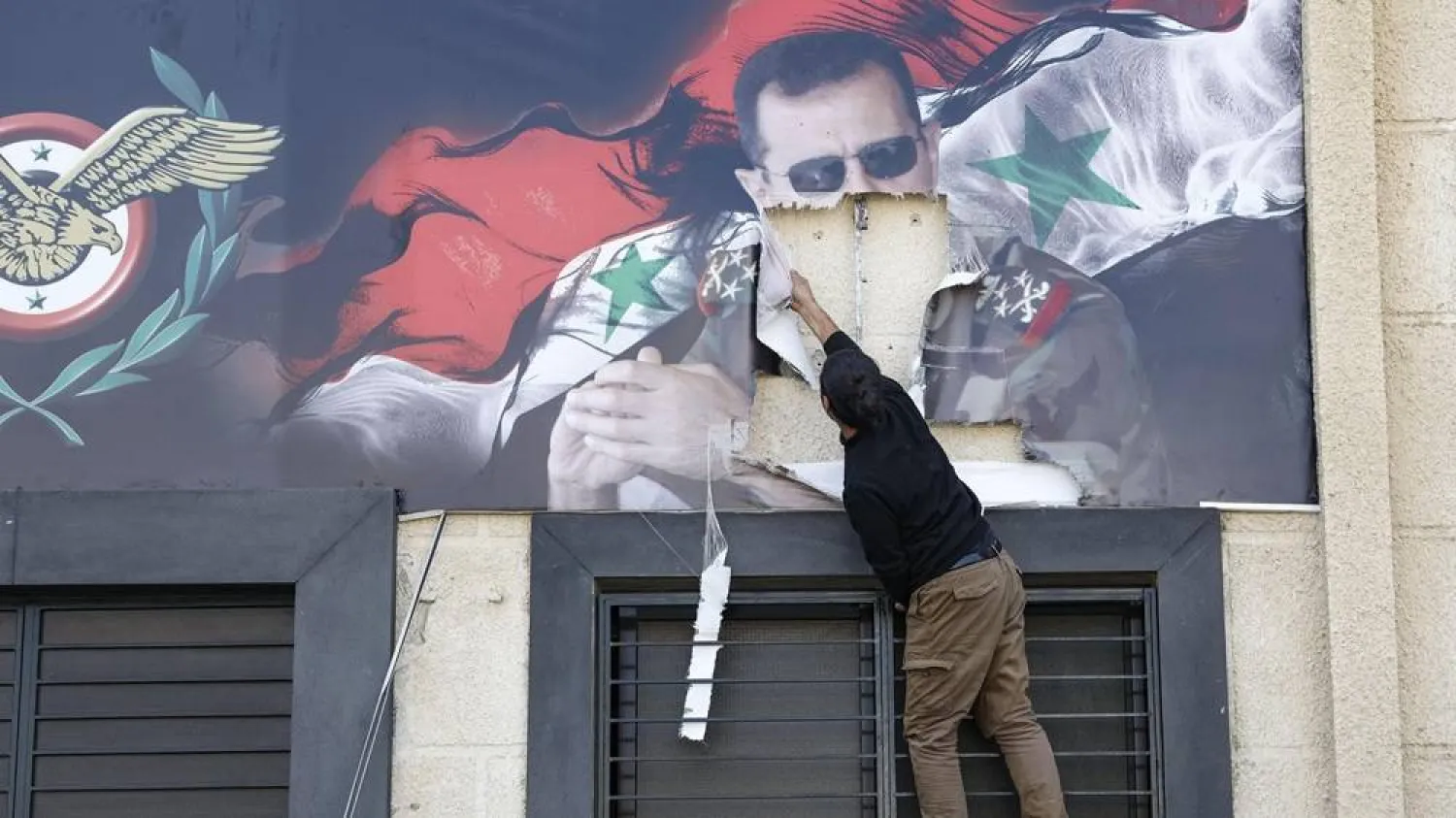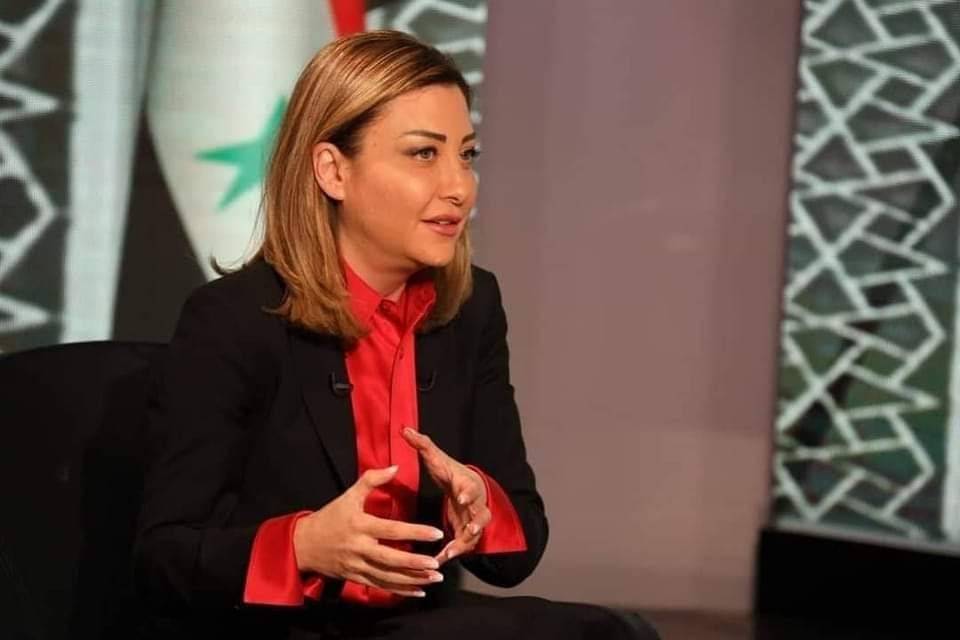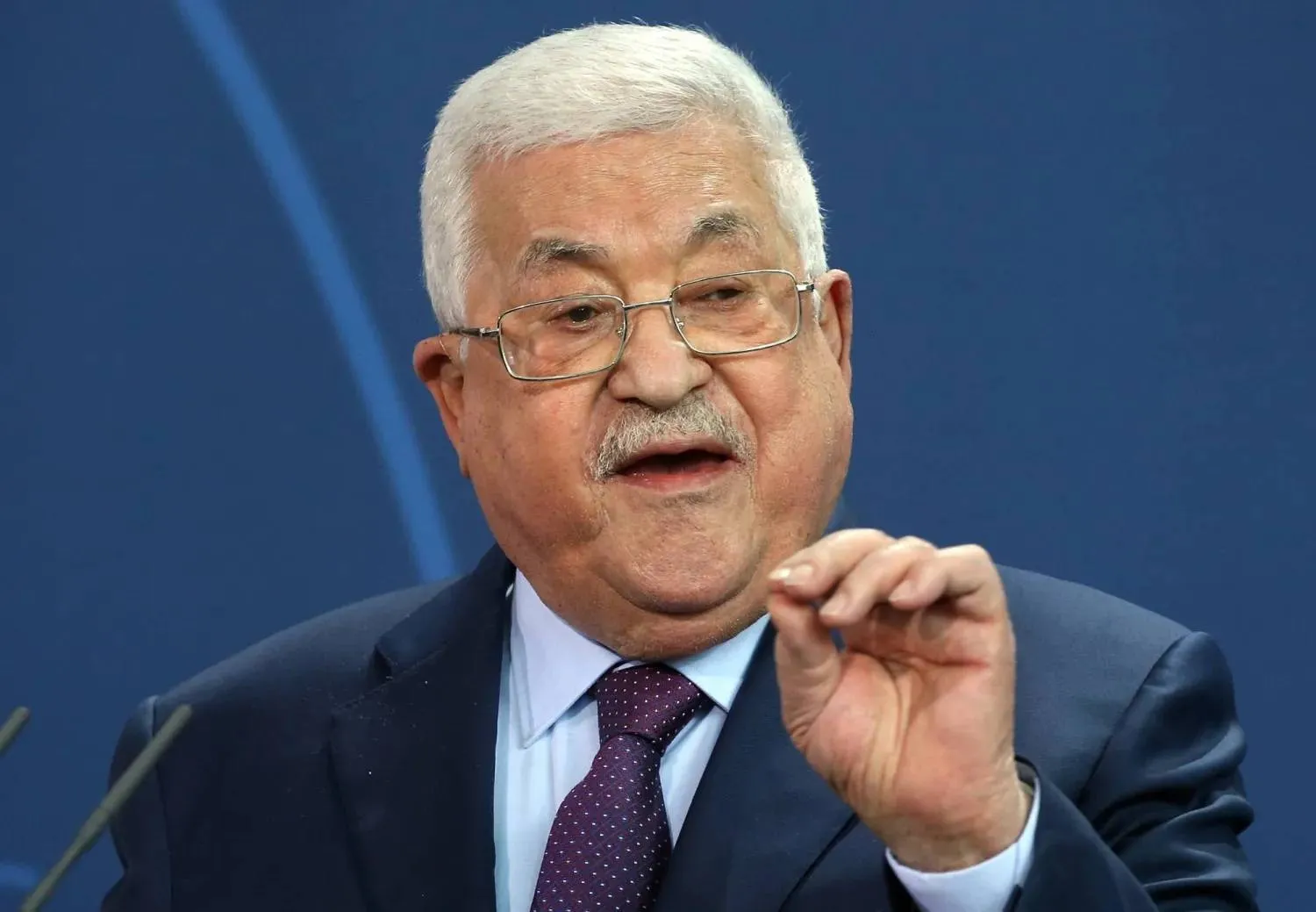Hezbollah supporters in Lebanon expressed their dismay in the leaked videos of ousted Syrian President Bashar al-Assad and his late media advisor Luna al-Shibl in which they mock supporters of the regime, including the Iran-backed party, during the 14-year Syrian civil war.
Al Arabiya released the videos that showed Assad driving a vehicle in Damascus, with Shibl in the passenger seat. A third person was filming from the back seat. The videos are undated but suspected to date back to 2018 after opposition fighters were forced out of Ghouta near Damascus.
As they drive, the trio encounter gunmen, whom Assad said were Lebanese, meaning Hezbollah fighters. Shibl then started to discuss the party and its performance during the war.
Hezbollah had sent its fighters to Syria to prop up the regime during the conflict. Its intervention helped prolong the war. Russia’s eventual intervention helped tip the balance in the regime’s favor.
In the videos, Shibl said that the “Syrian army has learned and now has experience that it can share with other armies.”
“Hezbollah in the end could not back up its claims and we never heard from it,” she added.
Commenting to Asharq Al-Awsat about the videos, Hezbollah supporters in Lebanon expressed their disappointment, saying they were a “mockery of all the sacrifices and denial of the facts on the ground.”
One supporter said Assad’s silence over Shibl’s comments “is a sign of his agreement and another insult” to the party.
Assad has no loyalty and does not appreciate the sacrifices, he stressed.
Another supporter dismissed Shibl, telling Asharq Al-Awsat that she is “delusional”, a “liar” and “flatterer”.
“She and Assad both know that were it not for Hezbollah, the opposition would have captured Damascus in winter 2012,” he remarked.
Hezbollah supporters often trade stories about their fighting in Syria. The party has also released footage of its operations in Syria, most notably in the regions of Qusayr and al-Qalamoun in spring 2013, and Aleppo, al-Zabadani and Ghouta in 2016. Those operations have become part of the party’s “lore”.
One Hezbollah fighters told Asharq Al-Awsat that the regime army “did not know how to stop attacks in southern Damascus in 2012. (...) The party had to step in and draft plans.”
The offensive launched by the opposition in Daraa at the time “was repelled by the party alone and some Syrian fighters,” he went on to say.
In eastern Ghouta, he recalled how the regime forces were retreating, “leaving Hezbollah members to fight alone for two hours” before regrouping.
“Shibl should have spoken about who devised the plans to capture al-Qalamoun and al-Zabadani and who fought there” before she doubted the party’s capabilities, the fighter told Asharq Al-Awsat.
The disappointment in the videos also played out on social media, with supporters recalling that before they were allied during the war, Hezbollah and the regime had a rivalry that dates back to Lebanon’s 1975-90 civil war.
The rivalry was patched up because the regime needed the party, said one social media user.
Another said the videos were a message to those who still defended Assad.
Ties between Hezbollah and Assad were strained before his ouster in December 2024. Some Hezbollah leaders accused Assad of abandoning the party during the “support war” it had launched from Lebanon in solidarity with Hamas in Gaza in October 2023.
It has since been revealed that Assad barred Hezbollah from using Syrian territory to launch rockets at Israel during the “support war”. The regime also restricted the delivery of weapons to the party through Syria during the conflict.










